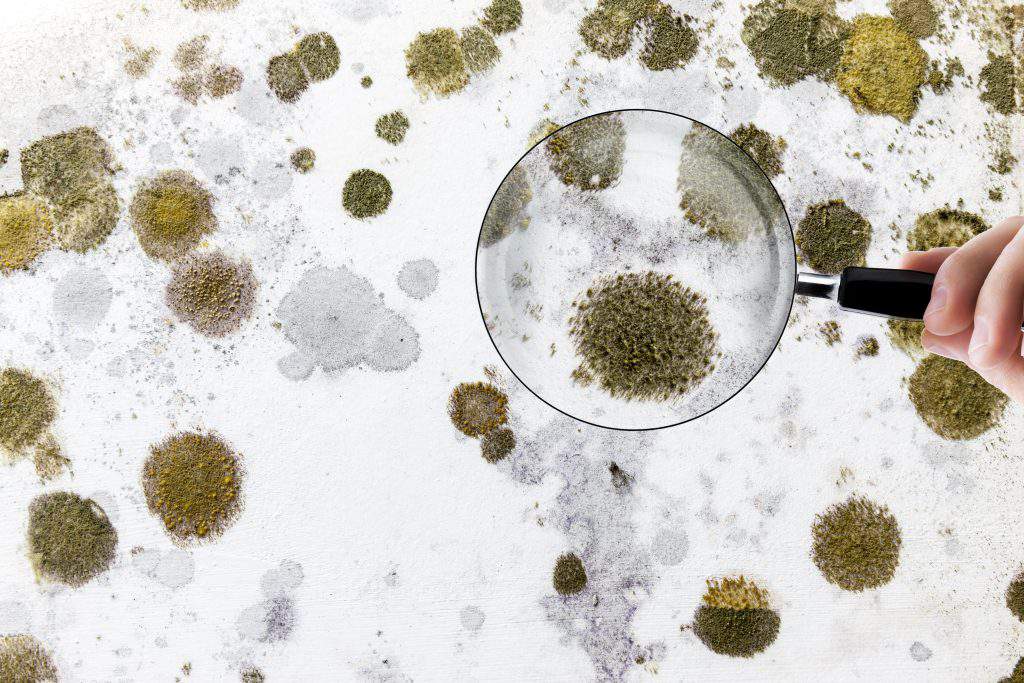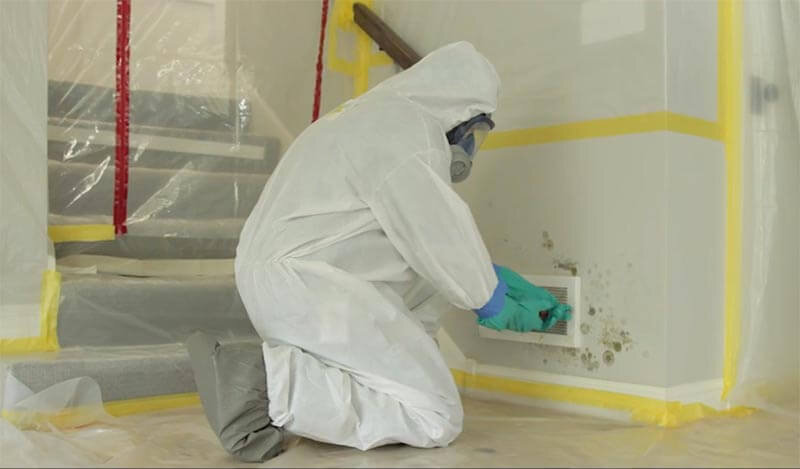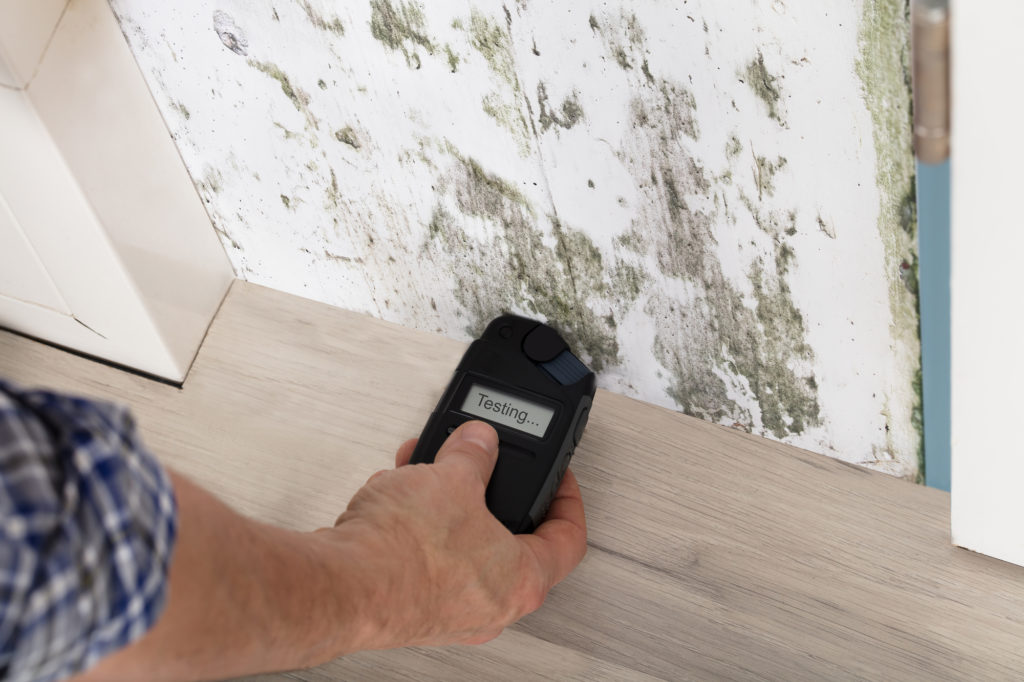Guidance on What to Do After Mold Remediation
Guidance on What to Do After Mold Remediation
Blog Article
Your Ultimate Guide to Post Mold And Mildew Removal Strategies
Navigating the realm of post-mold removal techniques is a careful process that demands focus to detail and a comprehensive understanding of the details entailed. In the after-effects of mold infestation, recognizing exactly how to efficiently eradicate the mold and mildew and stop its reoccurrence is vital for maintaining a healthy and balanced interior setting. From selecting the right cleansing and sanitizing techniques to carrying out methods for long-lasting mold avoidance, each step in the remediation trip plays a vital duty in ensuring an effective result. As we begin on this exploration of post-mold removal strategies, we will certainly discover the essential methods and finest techniques that can aid you recover your space to its pre-mold problem and guard it against future mold and mildew dangers.
Understanding Post-Mold Removal Process
After finishing the mold remediation procedure, it is essential to understand the post-mold remediation techniques that are required to make sure a effective and complete cleaning. Once the mold has been eliminated, the next step includes cleaning and disinfecting the affected locations to protect against any regrowth of mold and mildew.
Moreover, conducting a last examination post-remediation is vital to ensure that all mold has been successfully eradicated. If the evaluation discloses any kind of sticking around mold and mildew, extra removal may be needed.
Reliable Cleansing and Decontaminating Methods

Preventing Future Mold Development

Relevance of Proper Air Flow
Correct ventilation plays a crucial duty in avoiding moisture accumulation, a crucial element in mold and mildew growth within interior atmospheres. Effective ventilation systems aid get rid of excess humidity from the air, lowering the possibilities of mold spores discovering the dampness they need to germinate and spread out. Without appropriate air flow, indoor rooms can come to be a breeding ground for mold, causing possible health and wellness dangers and structural damages.
By making certain correct air circulation, ventilation systems can also assist in drying damp areas a lot more rapidly after water damage or flooding cases, additionally deterring mold and mildew growth. Post remediation mold testing near me. Precede like restrooms, kitchens, cellars, and attic rooms where wetness degrees tend to be higher, setting up and preserving reliable air flow systems is crucial in avoiding mold and mildew problems

Surveillance and Maintenance Tips
Given the important function that appropriate air flow plays in avoiding mold and mildew development, it is necessary to establish efficient surveillance and upkeep ideas to make sure the continued capability of ventilation systems. Routine inspections of ventilation systems should be performed to check over here inspect for any kind of indicators of obstructions, leakages, or malfunctions that could restrain proper airflow. Surveillance humidity levels within the residential or commercial property is additionally critical, as high humidity can contribute to mold development. Installing mold removal products for wood a hygrometer can help track humidity levels and sharp property owners to any kind of spikes that may require focus. Furthermore, making sure that air filters are frequently cleaned or replaced is vital for keeping the performance of the ventilation system. Carrying out a schedule for routine maintenance tasks, such as duct cleansing and a/c system assessments, can help prevent issues before they escalate. By remaining proactive and mindful to the problem of ventilation systems, homeowner can properly alleviate the danger of mold and mildew regrowth and preserve a healthy indoor environment.
Final Thought
Finally, post-mold removal methods are crucial for making certain a clean and safe atmosphere. Comprehending the procedure, carrying out efficient cleansing and disinfecting methods, avoiding future mold and mildew growth, keeping proper ventilation, and regular monitoring are all crucial steps in the removal procedure. By following these guidelines, you can efficiently get rid of mold and stop its return, working or advertising a healthy and balanced living space for all owners.
In the after-effects of mold infestation, recognizing just how to properly remove the mold and avoid its reoccurrence is vital for keeping a healthy and balanced interior atmosphere. Once the mold has been gotten rid of, the next step involves cleansing and decontaminating the affected locations to prevent any type of regrowth of mold - Post Remediation Inspection near me. After removing noticeable mold and mildew development, it is essential to cleanse all surface areas in the affected area to remove any kind of remaining mold spores. To additionally improve mold avoidance actions, it is necessary to resolve underlying problems that originally led to mold development.Offered the essential role that proper ventilation plays in preventing mold and mildew growth, it is important to establish efficient monitoring and upkeep suggestions to ensure the continued functionality of air flow systems
Report this page